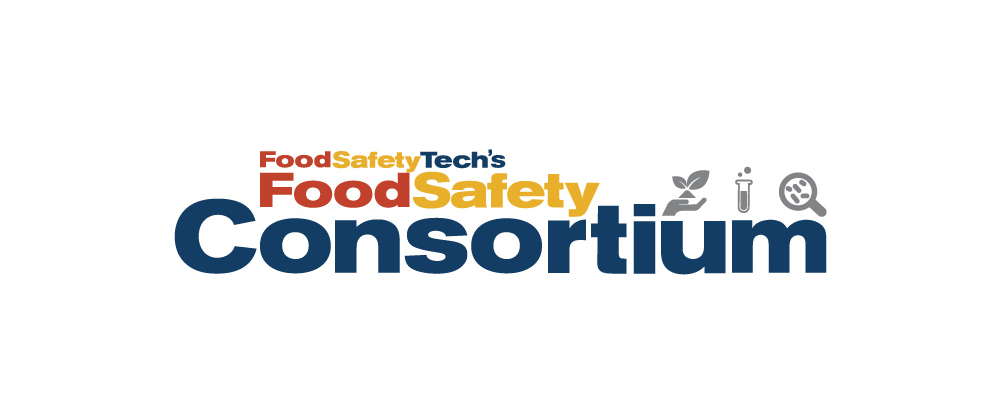FDA Focusing on Fostering Food Safety Culture, Truly Bending the Curve of Foodborne Illness

The past year has tested and stressed the food system, putting tremendous pressure on worker safety and supply chain resilience. Despite the challenges, the industry continued to work day in and day out to meet the needs of Americans. “Consumers could still go then and now to their favorite supermarket or online platform and have access to thousands of food SKUs that are available,” said Frank Yiannas, FDA deputy commissioner for food policy and response. “We have the people in the food and agriculture sector to thank, and that’s you.”
Last week Yiannas gave his third Food Safety Consortium keynote address as deputy commissioner, reflecting on the past year and recognizing the progress and the work ahead. “I appreciate the larger conversation that the Consortium facilitates on food safety.” The Spring program of the Food Safety Consortium Virtual Conference Series takes place every Thursday in May.
Since the Fall of 2020, FDA has made advances in several areas, all of which take steps to advance the agency’s New Era of Smarter Food Safety initiative. The goals set as part of the New Era aim to help the agency more efficiently and efficiently respond to outbreaks and contamination, and other food safety challenges. The intent is to go beyond creating food safety programs into fostering a culture of food safety and truly bending the curve of foodborne illness, said Yiannas. In September the FDA issued the proposed FSMA rule on food traceability with the intent on laying the groundwork for meaningful harmonization. Nearly 6200 comments were submitted to the docket on the Federal Register, and the agency held three public meetings about the proposed rule in the fall, hosting more than 1800 people virtually. Yiannas anticipates the final rule will be published in early 2022.
The pandemic has shown how enhanced traceability might have helped prevent supply chain disruptions during a public health emergency, and the FDA continues its efforts to establish greater transparency and traceability. It is supporting the development of low-cost traceability technology solutions that are accessible to companies of all sizes. The agency also continues to explore the role of predictive analytics via the use of artificial intelligence. It has moved its AI program involving imported seafood from proof of concept into the field. Based on the results, it is expected that AI will help the FDA better manage the ever-increasing amount of imported foods by targeting inspectional resources in a more informed manner.
Efforts to strengthen food safety culture within organizations include collaborating with partners, industry, academia and consumers to define food safety culture in a transparent way. The agency will also be developing and launching internal training modules for FDA inspectional staff to introduce them to important concepts such as behavioral sciences. “We want to make food safety culture part of the dialogue and part of the social norm,” said Yiannas.
The agency will also be proposing new agricultural water requirements, a move as a result of feedback that FDA received in response to the Produce Rule. “Produce safety is one of the last frontiers because of product being grown outside,” said Yiannas.
In addition, FDA continues to review and evaluate feedback from proposed lab accreditation rule. It is expected that the FDA will issue the final rule early next year.
“We just lived through a historic year and historic challenges. These have been the most difficult of times in my profession. We have been able to move forward nonetheless,” said Yiannas. “We’re going to get through this stronger and more resilient than ever.”